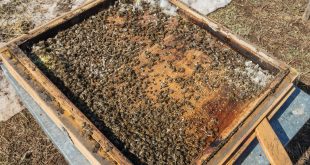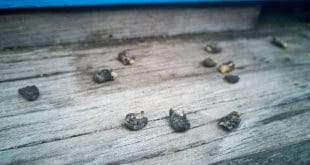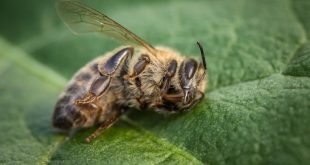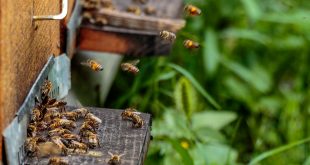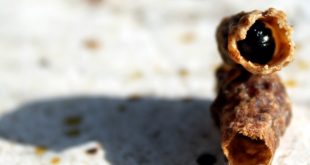🐝 Attention Beekeepers: The Kashmir Bee Virus (KBV) is a silent but deadly threat to our buzzing friends. This guide uncovers the insidious nature of KBV, which often lies dormant until stress factors like Varroa mites trigger its lethal potential. Learn how to spot the signs, manage risks, and protect your colonies from this virulent pathogen. There's no direct cure, but with the right knowledge and management practices, you can keep your hives healthy. Dive into our comprehensive article for all the details. 🌼🔍 #Beekeeping #KashmirBeeVirus #BeeHealth #VarroaMites #BeeSafe #ApiaryLife
Read More »Chalkbrood Disease Treatment for Honey and Mason Bees
🐝 Beekeepers, it's time to talk about Chalkbrood disease – a formidable foe for honey and mason bees. Our comprehensive article breaks down everything you need to know about this fungal threat. From spotting the tell-tale mummified larvae to implementing effective management practices, we've got you covered. Learn how to maintain a healthy hive, use disease-resistant bees, and explore chemical treatments that can help. Don't let Chalkbrood undermine your beekeeping efforts. Arm yourself with knowledge and keep your colonies safe. Read our full guide now! 🌸🐝 #Beekeeping #Chalkbrood #BeeHealth #SustainableBeekeeping #BeehiveManagement
Read More »Israeli Acute Paralysis Virus – Control and Treatment
🐝 Beekeepers, take heed! Israeli Acute Paralysis Virus (IAPV) is a formidable challenge for our honeybee colonies. Our latest article sheds light on this RNA virus, detailing symptoms like paralysis and shaking, and its link to Colony Collapse Disorder. Learn about transmission routes, including the Varroa mite, and how stress factors like pesticides can heighten vulnerability. We discuss practical strategies for control and treatment, emphasizing hive hygiene, good nutrition, and hive maintenance. Discover how cultural, chemical, and mechanical methods can help you protect your bees from this insidious virus. Equip yourself with the knowledge to keep your hives healthy and productive. 🌺🐝 #BeeHealth #IAPV #BeekeepingTips #VarroaMites #HealthyHives
Read More »How to Treat Dysentery in Honey Bees
Beekeepers, are your bees facing the messy and stressful condition of dysentery? 🐝💦 It's not a disease, but a symptom that needs your attention, especially during cold seasons when bees can't take cleansing flights. Find out how to manage and treat this condition to keep your hives healthy and productive. Dive into our comprehensive guide on treating dysentery in honey bees and ensure your colonies thrive all year round! 🌼🍯 #Beekeeping #HoneyBeeHealth #DysenteryTreatment
Read More »Black Queen Cell Virus Treatment for Honey Bees
🐝 Alert for Beekeepers: Black Queen Cell Virus (BQCV) is a silent threat to your queen larvae, and it's spreading globally. This article delves into the insidious nature of BQCV, how it's transmitted, and why it's a serious concern for your colonies. There's no direct treatment, but we outline crucial control methods, including Varroa mite management and hive hygiene. Stay vigilant and learn how to protect your future queens from this pervasive virus. 🌸👑
Read More » BeeKeepClub Resources and Guides for Beekeepers
BeeKeepClub Resources and Guides for Beekeepers

